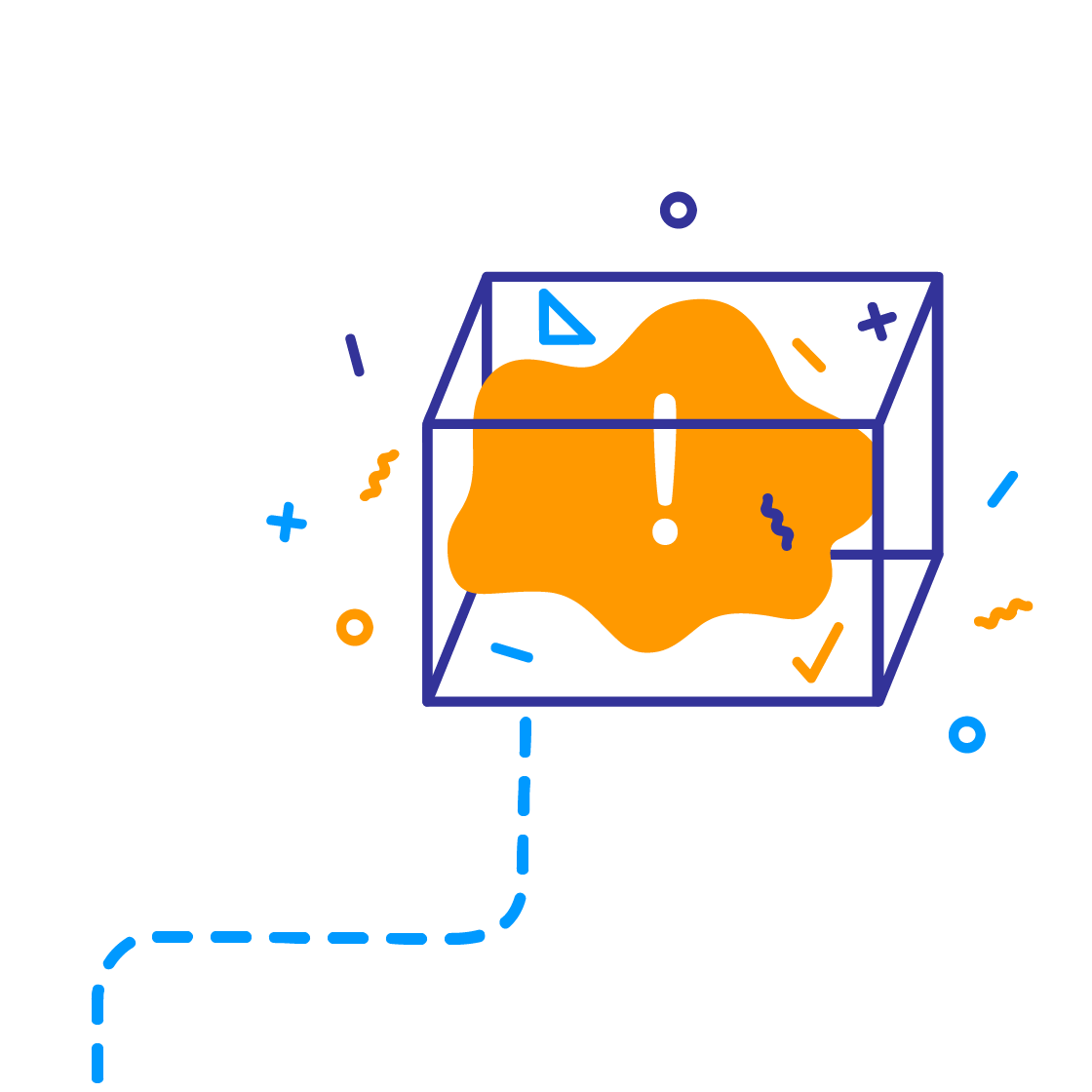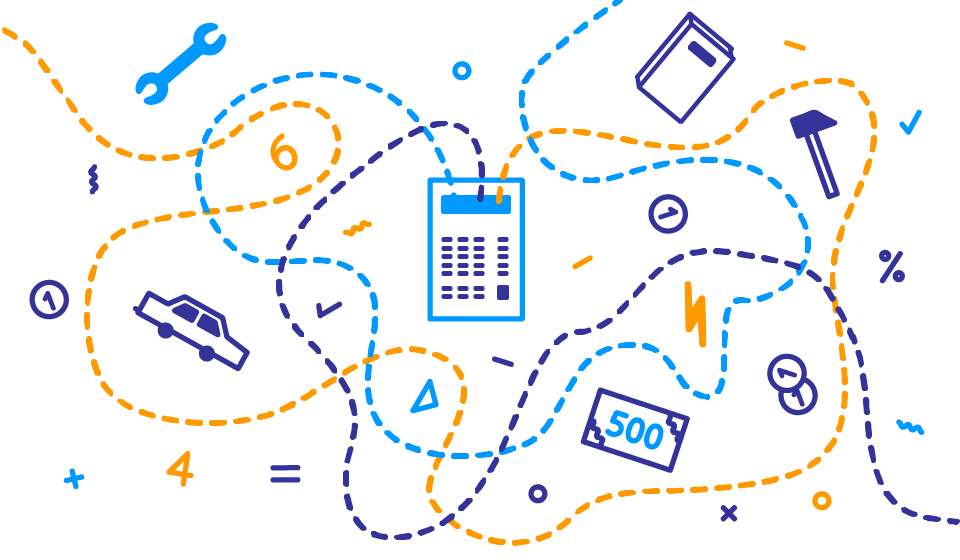Anyone can design and implement a project
We’ve elaborated the UNESCO Project Planner – Top Tips for Youth Action to help you move from an idea to an actionable project plan.
Your big idea pinned down
If you have identified a problem in your community, and have an idea of how it can be solved or addressed, then you can carry out a project.
Tips and resources throughout your project
We’ve brought together tools, information, and additional resources, and put them in one place to make it easier for you to design and implement projects focused on generating social impact.
A co-created master plan
At the end, you will have drafted your project plan. So, basically, you bring the ideas, and we help you piece everything together. Ready?
What is a project?
A project can be defined as a temporary endeavor, or series of activities, undertaken to achieve a specific result.
Projects are constrained by limited resources and also have a specific duration, and therefore have a clear beginning and end.
How does the UNESCO Project Planner – Top Tips for Youth Action work?
The Project Planner is divided into six sections that encompass the project cycle, which refers to the different phases of a project.
In each section, you will find basic information and aspects to keep in mind through a series of guidance and self-reflection questions.
Finally, at the end of each stage, there are links to different resources, tools and guidelines that can provide you with further details.













